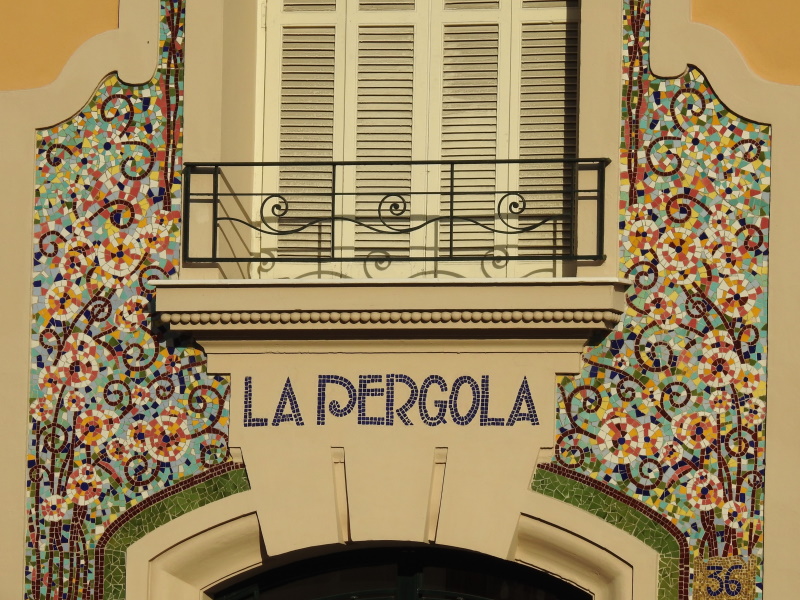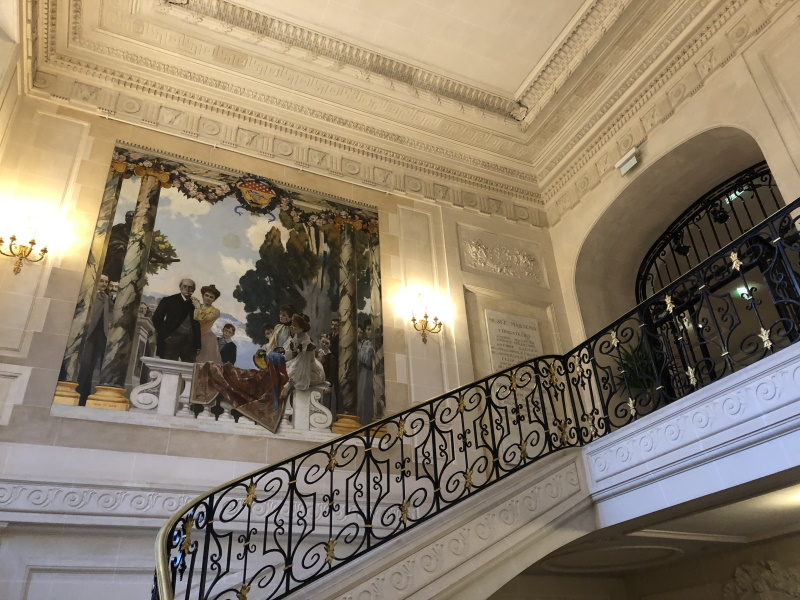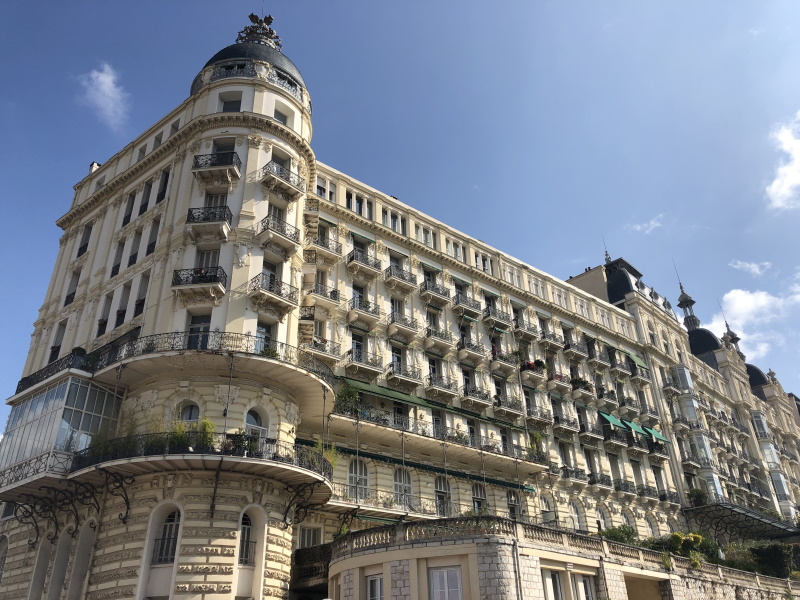Blog TWHS Visits
Nice
Nice is a French city with 340,000 inhabitants. Tourism on the Riviera was born here, they say. And they want UNESCO recognition for that. I was there for 3 nights during a quiet September weekend. The tourist crowds had either returned home and back to work, or opted out because of the "Code Red" imposed by the French government on this region. However, urban life continued as usual and the anti-Covid measures were being followed in a half-hearted way. Obviously one cannot smoke and wear a face mask at the same time!
The city owes much of its monumental architecture to the arrival of wealthy foreigners who came to enjoy its pleasant climate. Many English and Russian aristocrats stayed here from the end of the 18th century on. Their villas can be found scattered around the current city. I started my exploration on foot in Rue Verdi, where there is some fine Art Deco and mosaics on the façades can be seen. Closeby lies the Museum of Fine Arts, located in the former Villa Kotchoubey. This orange palace is currently being renovated and has been closed to the public all summer.
I then walked down to the famous Promenade des Anglais - a coastal boulevard built in the 1920s on the initiative of the British. In 2016 this was the site of a terrorist attack with a truck, in which 87 people were killed. I don't know exactly where it happened, but I didn't see any blockages anymore or a monument. People nowadays jog, walk, cycle or skateboard up and down the long promenade again.
The most imposing buildings of Nice can be found along this sea boulevard. One to enter is the Musée Massena, which is an elegant early 20th century villa built in neoclassicist style by a Danish architect. It now houses an art collection and a city museum. It is worth a visit alone for its drawings of old Nice - for example, one where all the houses along the boulevard have the name of the (mostly foreign) owner written next to them.
The next day I focused on another part of Nice: Cimiez. This was built on the site of a former Roman town, on a hill northeast of the city center. Bus 5 will take you there. One of the attractions here is the Matisse museum - but I found it closed for 2 weeks to set up a new exhibition. I got off the bus there anyway, to have a quick look at the monastery of Cimiez and the monastery gardens. More interesting are the excavations of the Roman town Cemenelum. They can be accessed via the archaeological museum.
Half way down the hill lies the museum of another well-known French artist: Marc Chagall. Chagall is best known for his stained-glass windows, of which there are 3 exhibited here. But the museum also has 2 large mosaics by his hand and many colorful paintings and drawings. The museum is not that big but I found it very beautiful. Cimiez in general is a pleasant area to visit. It has a few grand buildings from the early 20th century too, such as the Ancien Excelsior Régina Palace and the Manoir Belgrano.
A bit out of the way, in the railway station area, lies the Russian Orthodox cathedral of Nice. This building too was created by foreign visitors to Nice: it was a gift from the Russian Tsar Alexander II to the local Russian community.
As other reviewers have remarked already, the impact of the “birth of tourism” on Nice is too fragmented to warrant a WH inscription for the whole city. I did enjoy Nice’s vibe in general though – it has many pleasant cafés, palm trees and lots of greenery. It felt both a bit French and a bit Italian (Nice only became part of France in 1860). I also thought it was in better shape than many other cities in southern France.
Els - 4 October 2020


